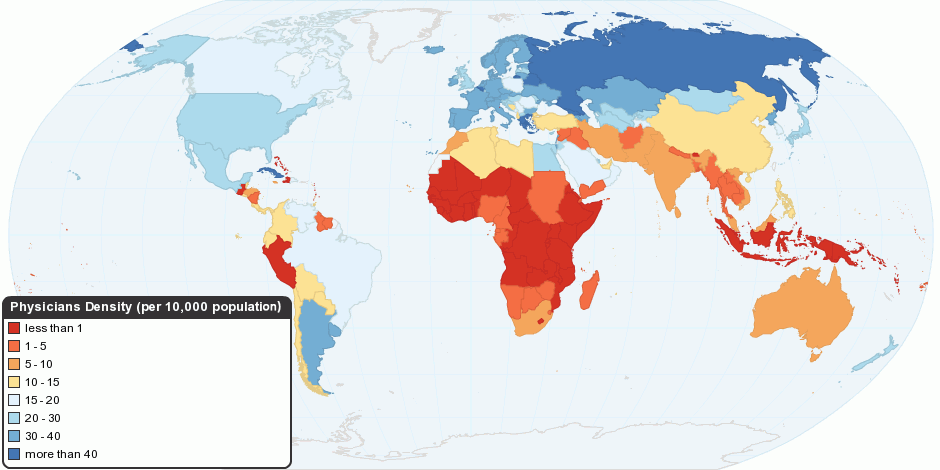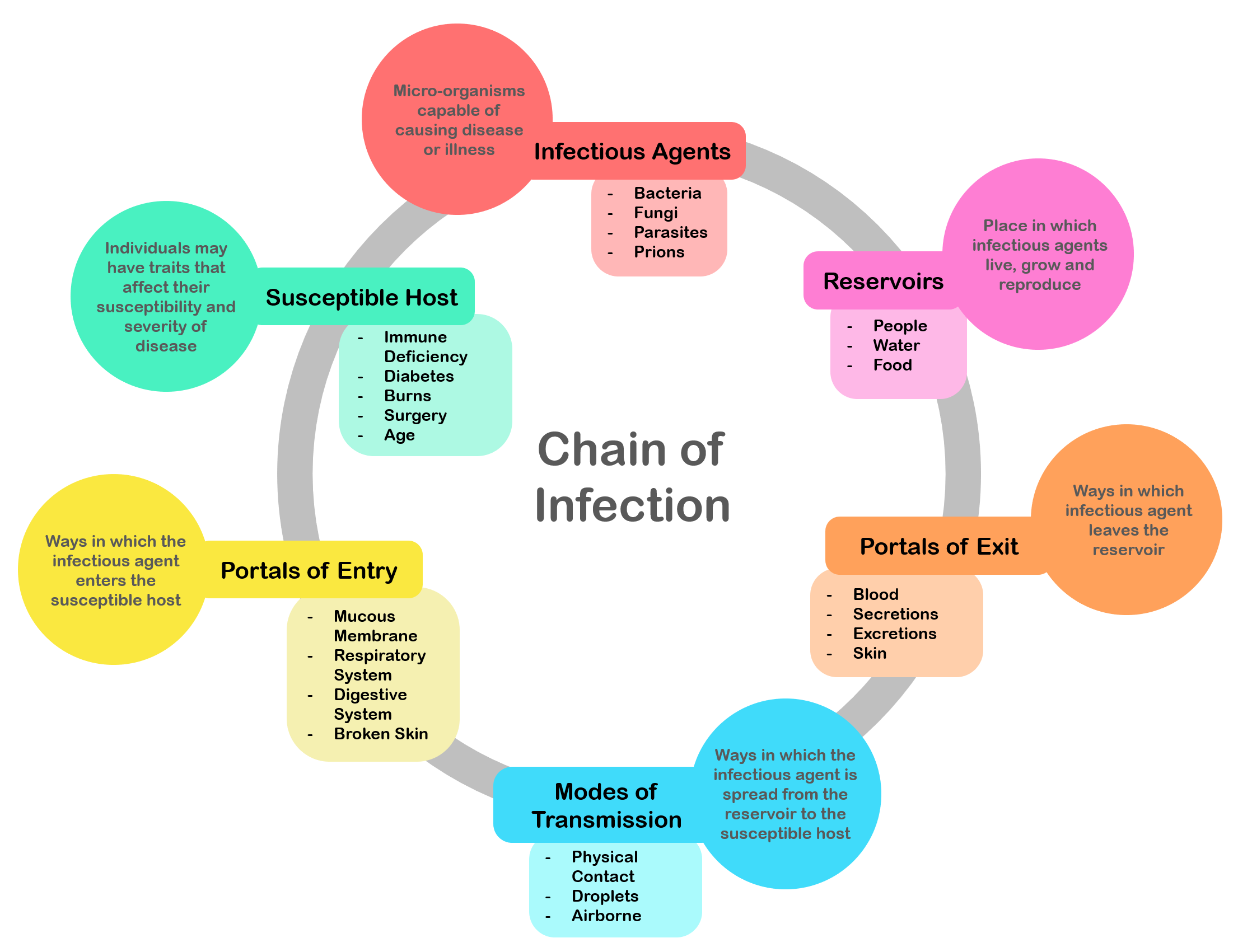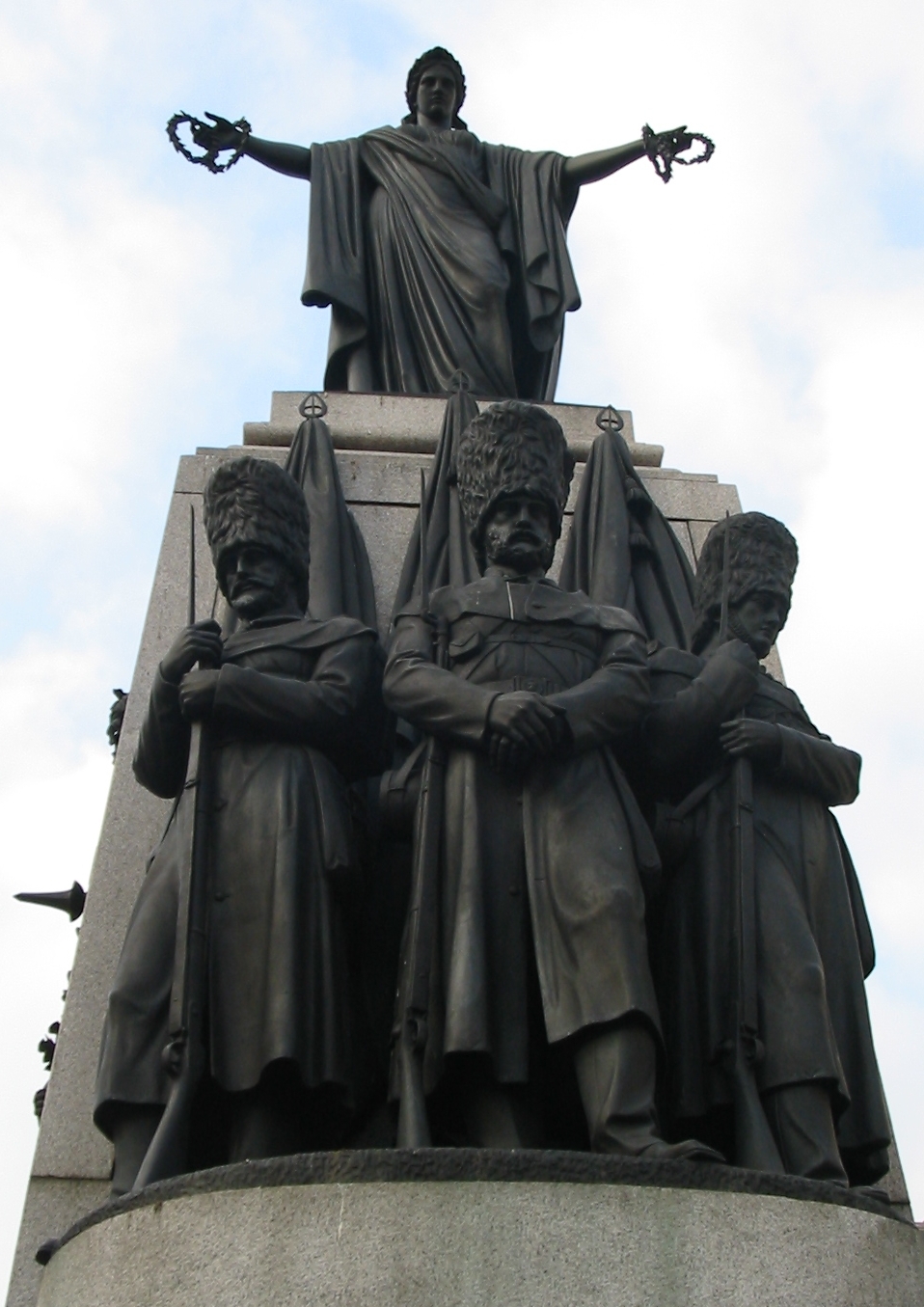|
Nightingale's Environmental Theory
Imaduring the Crimean War --> Florence Nightingale (1820–1910), considered the founder of educated and scientific nursing and widely known as ''"The Lady with the Lamp"'', wrote the first nursing notes that became the basis of nursing practice and research. The notes, entitled ''Notes on Nursing: What it is, and What it is Not'' (1860), listed some of her theories that have served as foundations of nursing practice in various settings, including the succeeding conceptual frameworks and theories in the field of nursing. Nightingale is considered the first nursing theorist. One of her theories was the Environmental Theory, which incorporated the restoration of the usual health status of the nurse's clients into the delivery of health care—it is still practiced today. Environmental effects She stated in her nursing notes that nursing "is an act of utilizing the environment of the patient to assist him in his recovery" (Nightingale 1860/1969), that it involves the nurse's initia ... [...More Info...] [...Related Items...] OR: [Wikipedia] [Google] [Baidu] |
Florence Nightingale
Florence Nightingale (; 12 May 1820 – 13 August 1910) was an English social reformer, statistician and the founder of modern nursing. Nightingale came to prominence while serving as a manager and trainer of nurses during the Crimean War, in which she organised care for wounded soldiers at Constantinople. She significantly reduced death rates by improving hygiene and living standards. Nightingale gave nursing a favourable reputation and became an icon of Victorian culture, especially in the persona of "The Lady with the Lamp" making rounds of wounded soldiers at night. Recent commentators have asserted that Nightingale's Crimean War achievements were exaggerated by the media at the time, but critics agree on the importance of her later work in professionalising nursing roles for women. In 1860, she laid the foundation of professional nursing with the establishment of her nursing school at St Thomas' Hospital in London. It was the first secular nursing school in the world an ... [...More Info...] [...Related Items...] OR: [Wikipedia] [Google] [Baidu] |
Nursing
Nursing is a profession within the health care sector focused on the care of individuals, families, and communities so they may attain, maintain, or recover optimal health and quality of life. Nurses may be differentiated from other health care providers by their approach to patient care, training, and scope of practice. Nurses practice in many specialties with differing levels of prescription authority. Nurses comprise the largest component of most healthcare environments; but there is evidence of international shortages of qualified nurses. Many nurses provide care within the ordering scope of physicians, and this traditional role has shaped the public image of nurses as care providers. Nurse practitioners are nurses with a graduate degree in advanced practice nursing. They are however permitted by most jurisdictions to practice independently in a variety of settings. Since the postwar period, nurse education has undergone a process of diversification towards advanc ... [...More Info...] [...Related Items...] OR: [Wikipedia] [Google] [Baidu] |
Conceptual Framework
A conceptual framework is an analytical tool with several variations and contexts. It can be applied in different categories of work where an overall picture is needed. It is used to make conceptual distinctions and organize ideas. Strong conceptual frameworks capture something real and do this in a way that is easy to remember and apply. Isaiah Berlin used the metaphor of a "fox" and a "hedgehog" to make conceptual distinctions in how important philosophers and authors view the world. London: Weidenfeld & Nicolson; 1986 New York: Simon and Schuster, introduction by M. Walzer. Berlin describes hedgehogs as those who use a single idea or organizing principle to view the world (such as Dante Alighieri, Blaise Pascal, Fyodor Dostoyevsky, Plato, Henrik Ibsen and Georg Wilhelm Friedrich Hegel). Foxes, on the other hand, incorporate a type of pluralism and view the world through multiple, sometimes conflicting, lenses (examples include Johann Wolfgang von Goethe, James Joyce, W ... [...More Info...] [...Related Items...] OR: [Wikipedia] [Google] [Baidu] |
Theories
A theory is a rational type of abstract thinking about a phenomenon, or the results of such thinking. The process of contemplative and rational thinking is often associated with such processes as observational study or research. Theories may be scientific, belong to a non-scientific discipline, or no discipline at all. Depending on the context, a theory's assertions might, for example, include generalized explanations of how nature works. The word has its roots in ancient Greek, but in modern use it has taken on several related meanings. In modern science, the term "theory" refers to scientific theories, a well-confirmed type of explanation of nature, made in a way consistent with the scientific method, and fulfilling the criteria required by modern science. Such theories are described in such a way that scientific tests should be able to provide empirical support for it, or empirical contradiction (" falsify") of it. Scientific theories are the most reliable, rigorous, and comp ... [...More Info...] [...Related Items...] OR: [Wikipedia] [Google] [Baidu] |
Health Care
Health care or healthcare is the improvement of health via the prevention, diagnosis, treatment, amelioration or cure of disease, illness, injury, and other physical and mental impairments in people. Health care is delivered by health professionals and allied health fields. Medicine, dentistry, pharmacy, midwifery, nursing, optometry, audiology, psychology, occupational therapy, physical therapy, athletic training, and other health professions all constitute health care. It includes work done in providing primary care, secondary care, and tertiary care, as well as in public health. Access to health care may vary across countries, communities, and individuals, influenced by social and economic conditions as well as health policies. Providing health care services means "the timely use of personal health services to achieve the best possible health outcomes". Factors to consider in terms of health care access include financial limitations (such as insurance cov ... [...More Info...] [...Related Items...] OR: [Wikipedia] [Google] [Baidu] |
Crimean War
The Crimean War, , was fought from October 1853 to February 1856 between Russia and an ultimately victorious alliance of the Ottoman Empire, France, the United Kingdom and Piedmont-Sardinia. Geopolitical causes of the war included the decline of the Ottoman Empire, the expansion of the Russian Empire in the preceding Russo-Turkish Wars, and the British and French preference to preserve the Ottoman Empire to maintain the balance of power in the Concert of Europe. The flashpoint was a disagreement over the rights of Christian minorities in Palestine, then part of the Ottoman Empire, with the French promoting the rights of Roman Catholics, and Russia promoting those of the Eastern Orthodox Church. The churches worked out their differences with the Ottomans and came to an agreement, but both the French Emperor Napoleon III and the Russian Tsar Nicholas I refused to back down. Nicholas issued an ultimatum that demanded the Orthodox subjects of the Ottoman Empire ... [...More Info...] [...Related Items...] OR: [Wikipedia] [Google] [Baidu] |
Communicable Diseases
An infection is the invasion of tissues by pathogens, their multiplication, and the reaction of host tissues to the infectious agent and the toxins they produce. An infectious disease, also known as a transmissible disease or communicable disease, is an illness resulting from an infection. Infections can be caused by a wide range of pathogens, most prominently bacteria and viruses. Hosts can fight infections using their immune system. Mammalian hosts react to infections with an innate response, often involving inflammation, followed by an adaptive response. Specific medications used to treat infections include antibiotics, antivirals, antifungals, antiprotozoals, and antihelminthics. Infectious diseases resulted in 9.2 million deaths in 2013 (about 17% of all deaths). The branch of medicine that focuses on infections is referred to as infectious disease. Types Infections are caused by infectious agents (pathogens) including: * Bacteria (e.g. '' Mycobacterium tuberculosi ... [...More Info...] [...Related Items...] OR: [Wikipedia] [Google] [Baidu] |
Infection
An infection is the invasion of tissues by pathogens, their multiplication, and the reaction of host tissues to the infectious agent and the toxins they produce. An infectious disease, also known as a transmissible disease or communicable disease, is an illness resulting from an infection. Infections can be caused by a wide range of pathogens, most prominently bacteria and viruses. Hosts can fight infections using their immune system. Mammalian hosts react to infections with an innate response, often involving inflammation, followed by an adaptive response. Specific medications used to treat infections include antibiotics, antivirals, antifungals, antiprotozoals, and antihelminthics. Infectious diseases resulted in 9.2 million deaths in 2013 (about 17% of all deaths). The branch of medicine that focuses on infections is referred to as infectious disease. Types Infections are caused by infectious agents ( pathogens) including: * Bacteria (e.g. ''Mycobacterium tube ... [...More Info...] [...Related Items...] OR: [Wikipedia] [Google] [Baidu] |
Clostridium Tetani
''Clostridium tetani'' is a common soil bacterium and the causative agent of tetanus. Vegetative cells of ''Clostridium tetani'' are usually rod-shaped and up to 2.5 μm long, but they become enlarged and tennis racket- or drumstick-shaped when forming spores. ''C. tetani'' spores are extremely hardy and can be found globally in soil or in the gastrointestinal tract of animals. If inoculated into a wound, ''C. tetani'' can grow and produce a potent toxin, tetanospasmin, which interferes with motor neurons, causing tetanus. The toxin's action can be prevented with tetanus toxoid vaccines, which are often administered to children worldwide. Characteristics ''Clostridium tetani'' is a rod-shaped, Gram-positive bacterium, typically up to 0.5 μm wide and 2.5 μm long. It is motile by way of various flagella that surround its body. ''C. tetani'' cannot grow in the presence of oxygen. It grows best at temperatures ranging from 33 to 37°C. Upon exposure to various conditions, ' ... [...More Info...] [...Related Items...] OR: [Wikipedia] [Google] [Baidu] |
Tetanus
Tetanus, also known as lockjaw, is a bacterial infection caused by '' Clostridium tetani'', and is characterized by muscle spasms. In the most common type, the spasms begin in the jaw and then progress to the rest of the body. Each spasm usually lasts a few minutes. Spasms occur frequently for three to four weeks. Some spasms may be severe enough to fracture bones. Other symptoms of tetanus may include fever, sweating, headache, trouble swallowing, high blood pressure, and a fast heart rate. Onset of symptoms is typically three to twenty-one days following infection. Recovery may take months. About ten percent of cases prove to be fatal. ''C. tetani'' is commonly found in soil, saliva, dust, and manure. The bacteria generally enter through a break in the skin such as a cut or puncture wound by a contaminated object. They produce toxins that interfere with normal muscle contractions. Diagnosis is based on the presenting signs and symptoms. The disease does not spread betwee ... [...More Info...] [...Related Items...] OR: [Wikipedia] [Google] [Baidu] |
Crimean War Memorial
The Guards Crimean War Memorial is a Grade II listed memorial in St James's, London, that commemorates the Allied victory in the Crimean War of 1853–56. It is located on Waterloo Place, at the junction of Regent Street and Pall Mall, approximately one-quarter of the way from the Duke of York Column to Piccadilly Circus. Description and history It was unveiled in 1861 and consisted of the statues of three Guardsmen, with a female allegorical figure referred to as Honour. It was cast in bronze, with components cast from cannons melted down that had been captured at the siege of Sevastopol. The sculptor was John Bell. On the front, by the statues of the Guardsmen, are two plaques. The older one states: ''The foundation stone of the Guards' Memorial was laid in the year of our lord 1861 by Margaret Johanna Bell.'' The other plaque reads: ''The Guards' Memorial was pulled down in the year of our lord 1914 and was re-erected 30 feet north in order to permit the erection of th ... [...More Info...] [...Related Items...] OR: [Wikipedia] [Google] [Baidu] |

.jpg)




